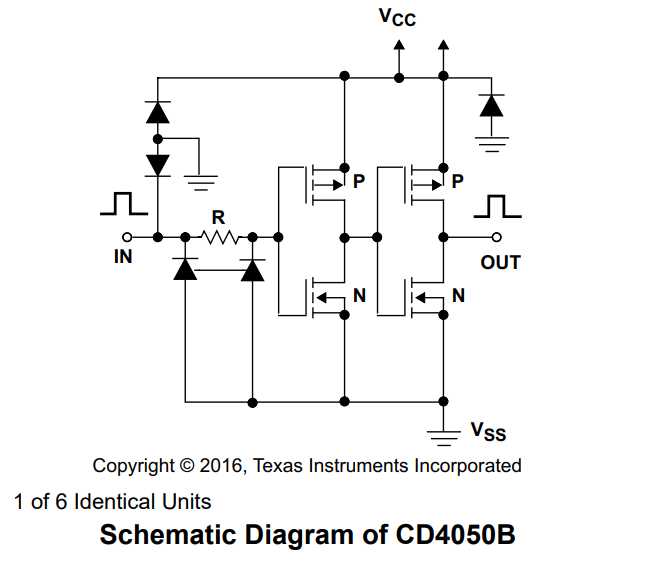Background:
I have the following circuit. The circuit leading up to the mosfets(buffer structure) basically turns the output high if both a specific voltage (>~37) and switch MYSW is pressed. Two buffer stages are included(this will be replaced with a buffer IC). They are there so that an RC delay can be introduced after the conditions are met and to not load the next stage.
One issue i had was that this would also introduce a turn off delay as C1 would discharge through R7. To fix this a new discharge path is included which activates as soon as the conditions for the circuit are not met anymore.
Actual question:
The first circuit with the black box highlighted uses a PNP to quickly discharge the output cap. The resistor at the bottom doesn't appear to make much of difference to the discharge time (why?). The cap discharges quite rapidly as the base drops. The intention is to use it as a switch, so that when the base drops, C1 discharges rapidly R9.
Also how does this circuit compare with had a mosfet been used instead as shown in the second picture. Changing R18 now is changing my discharge time (although it is slower than the discharge of the BJT).
Is this a result of not ensuring the mosfet stays in triode region and/or the bjt not staying in the saturation region and so the circuit is not behaving as a switch as i intend it to be? How would i resolve this and the better way of doing so?



